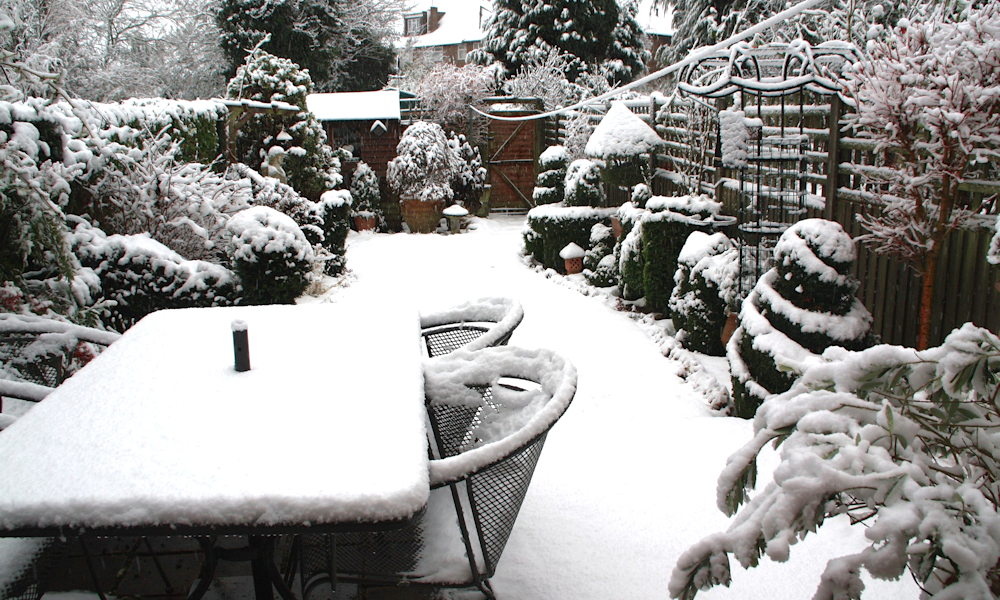As winter blankets our surroundings with a serene layer of snow, it brings a picturesque charm to our gardens. However, beneath this winter wonder lies potential harm that can wreak havoc on your cherished plants. Understanding the common types of snow damage, recognizing mistakes often made by garden owners and implementing preventive measures are crucial to ensuring your garden thrives despite the frosty challenges.
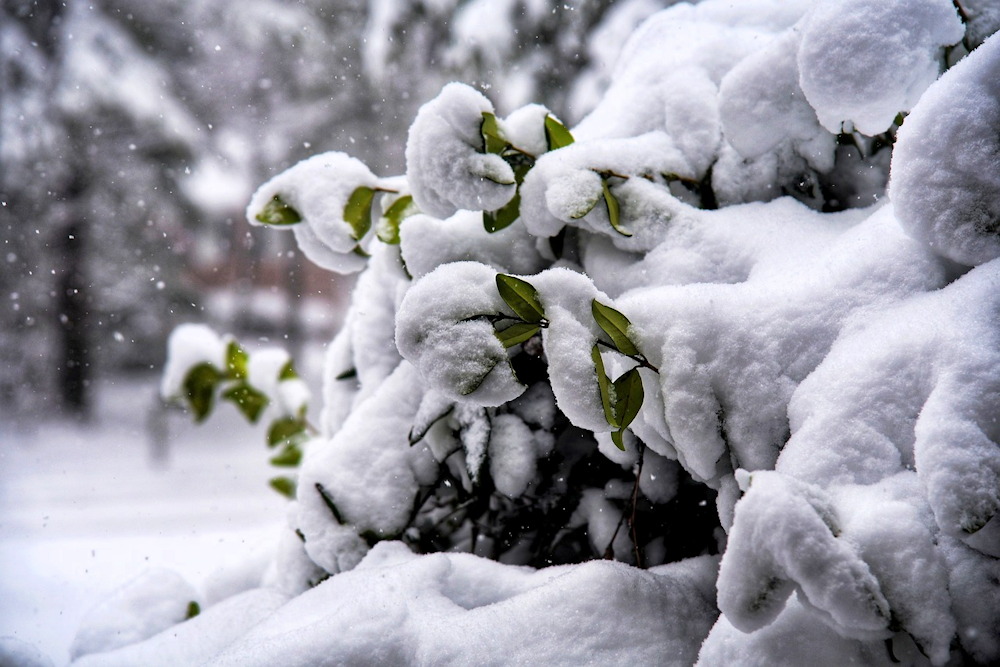
Common Types of Snow Damage
- Branch Breakage: The weight of heavy, wet snow can cause branches to sag and break, leading to irreversible damage to your trees and shrubs.
- Crown Rot: Persistent snow cover can create a damp environment around the base of plants, promoting crown rot – a fungal infection that attacks the plant’s base.
- Compacted Soil: Heavy snowfall compacts the soil, limiting air circulation and nutrient absorption, hindering plant growth.
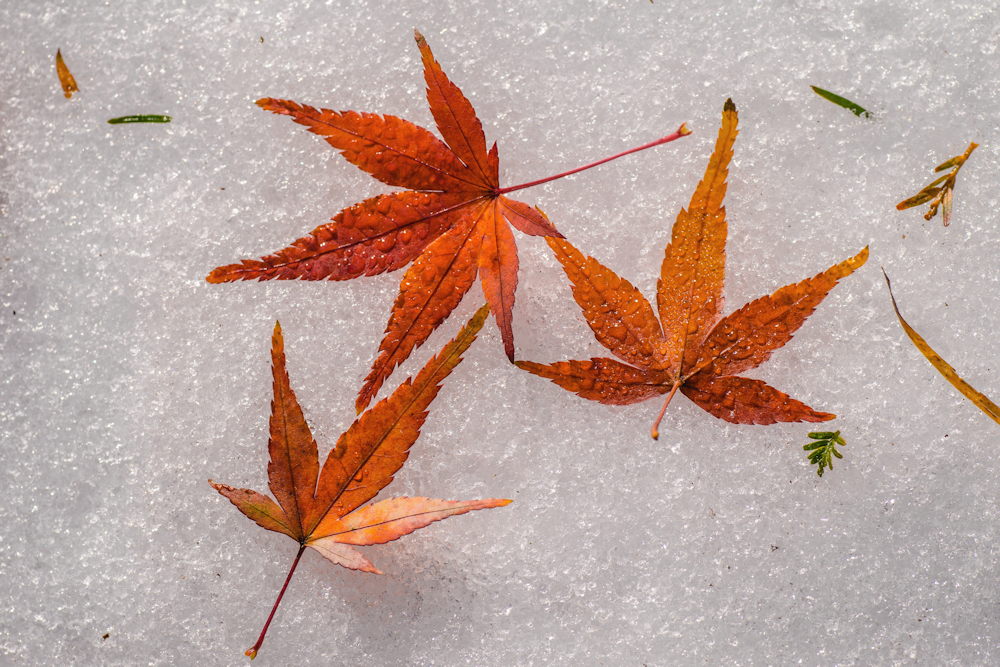
Common Mistakes and Pitfalls
- Ignoring Branch Pruning: Neglecting to prune branches can leave your garden vulnerable to breakage. Regular pruning helps plants maintain an optimal shape and reduces the risk of snow-induced damage.
- Delaying Snow Removal: Allowing snow to accumulate on branches puts undue stress on plants. Timely removal helps prevent breakage and minimizes the risk of crown rot by preventing excessive moisture buildup.
- Neglecting Soil Care: Overlooking soil care is a common mistake. Compacted soil can lead to oxygen deprivation and hinder nutrient uptake. Proper mulching and aeration are essential for maintaining soil health.
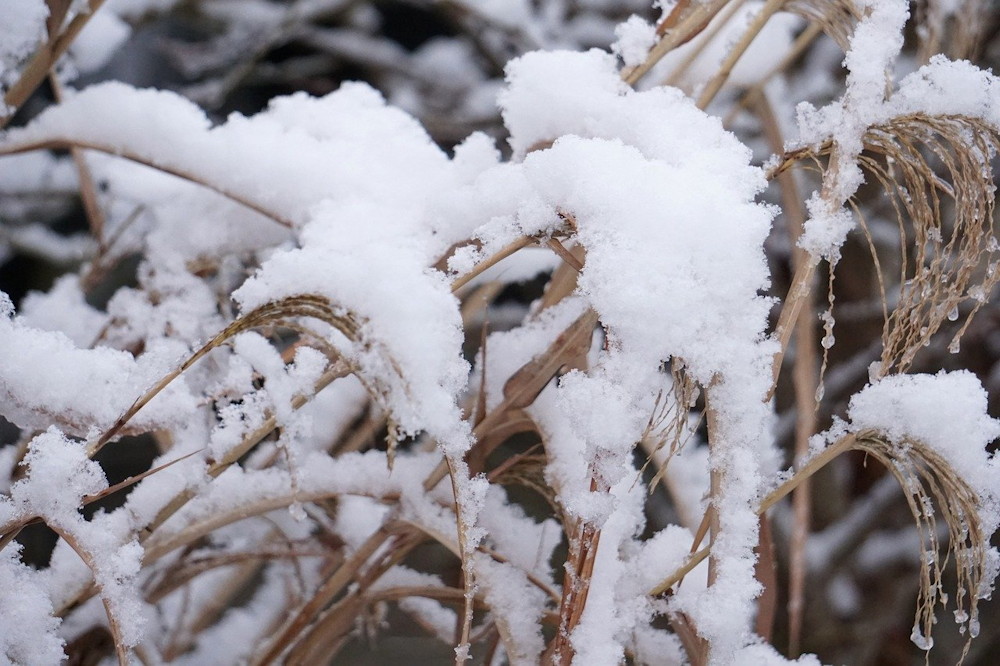
Preventive Measures
- Pruning for Strength: Trim branches strategically to enhance the plant’s structure, removing weak or crossing branches. This minimizes the risk of breakage under the weight of snow.
- Timely Snow Removal: Shake off accumulated snow gently from branches using a broom or soft brush. This relieves the weight and prevents damage.
- Mulching and Aeration: Apply a layer of mulch around the base of plants to insulate the soil and regulate temperature. Additionally, use a garden fork to aerate the soil, promoting proper drainage and preventing compaction.
- Sheltered Planting: Consider the location and arrangement of your plants. Placing more delicate species close to structures or hardier plants can offer natural protection against snow damage.
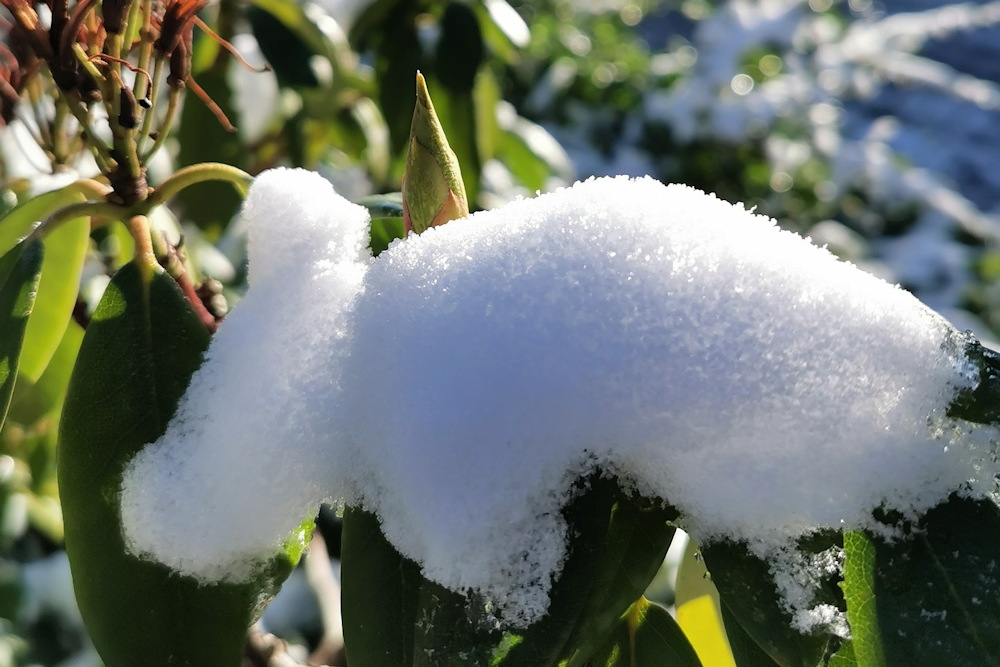
Vulnerable Plants in Winter: Nurturing Your Garden’s Treasures
As the serene beauty of winter envelops your garden, it’s crucial to recognize that not all plants stand resilient against the cold and the weight of snow. Some cherished garden inhabitants are more susceptible to snow damage than others. Understanding which plants are at risk allows you to provide targeted care, ensuring they endure the winter unscathed.
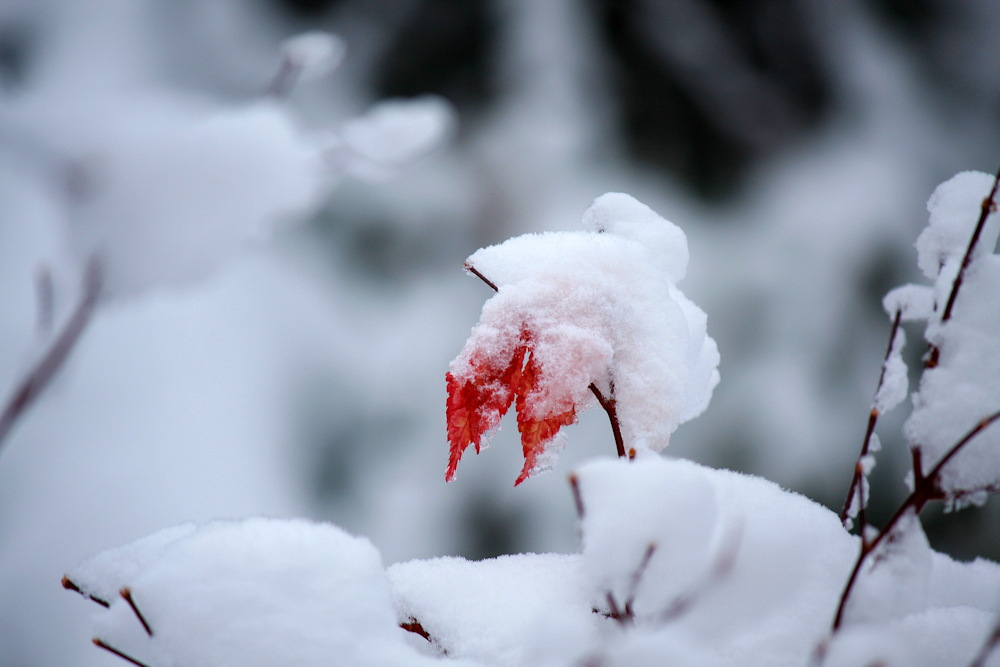
Plants Prone to Snow Damage
- Rhododendrons and Azaleas: These evergreen shrubs boast vibrant blooms in spring but are susceptible to snow breakage due to their dense foliage.
- Boxwoods: While hardy, the compact nature of boxwoods makes them prone to snow accumulation, leading to branch breakage.
- Japanese Maples: Their delicate branches and intricate foliage make Japanese maples susceptible to snow-induced stress and breakage.
- Hollies: With their glossy leaves and vibrant berries, hollies are susceptible to branch breakage under heavy snow loads.
- Ornamental Grasses: The graceful plumes of ornamental grasses can trap snow, leading to a flattened and damaged appearance.
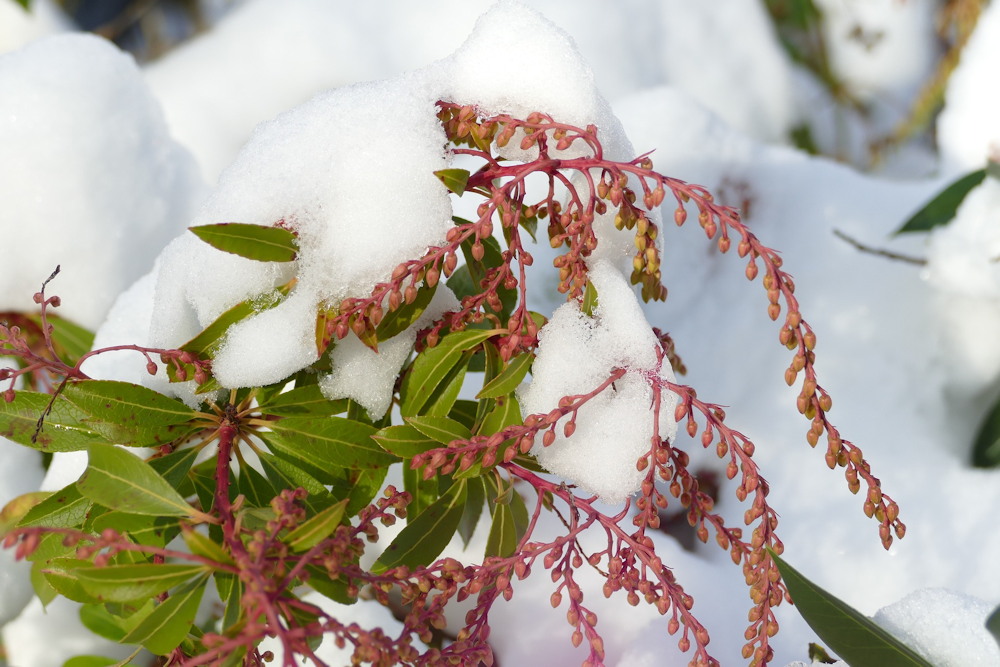
Safeguarding Strategies for Vulnerable Plants
- Mulching: Apply a thick layer of mulch around the base of vulnerable plants to insulate the roots and regulate soil temperature.
- Support Structures: Install temporary support structures, such as wooden stakes, around plants like Japanese maples, providing extra support to prevent breakage.
- Brushing Off Snow: Regularly brush accumulated snow gently from the branches of vulnerable plants, alleviating the weight and minimizing stress.
- Windbreaks: Plant windbreaks or install barriers to shield vulnerable plants from harsh winter winds, reducing the risk of breakage.
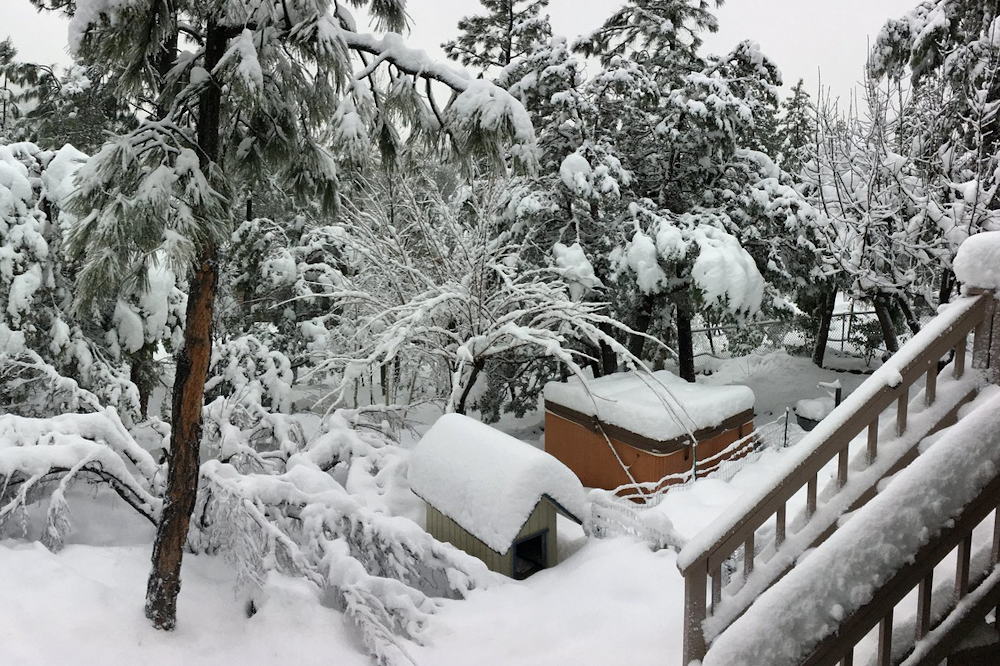
Protecting your garden and its vulnerable plants from snow damage requires foresight and proactive care. By understanding the potential risks, avoiding common mistakes and implementing preventive measures, you can ensure that your garden not only survives the winter but flourishes come spring. Embrace the beauty of winter while safeguarding your garden oasis, and let the snow become a fleeting guest rather than a destructive force.



